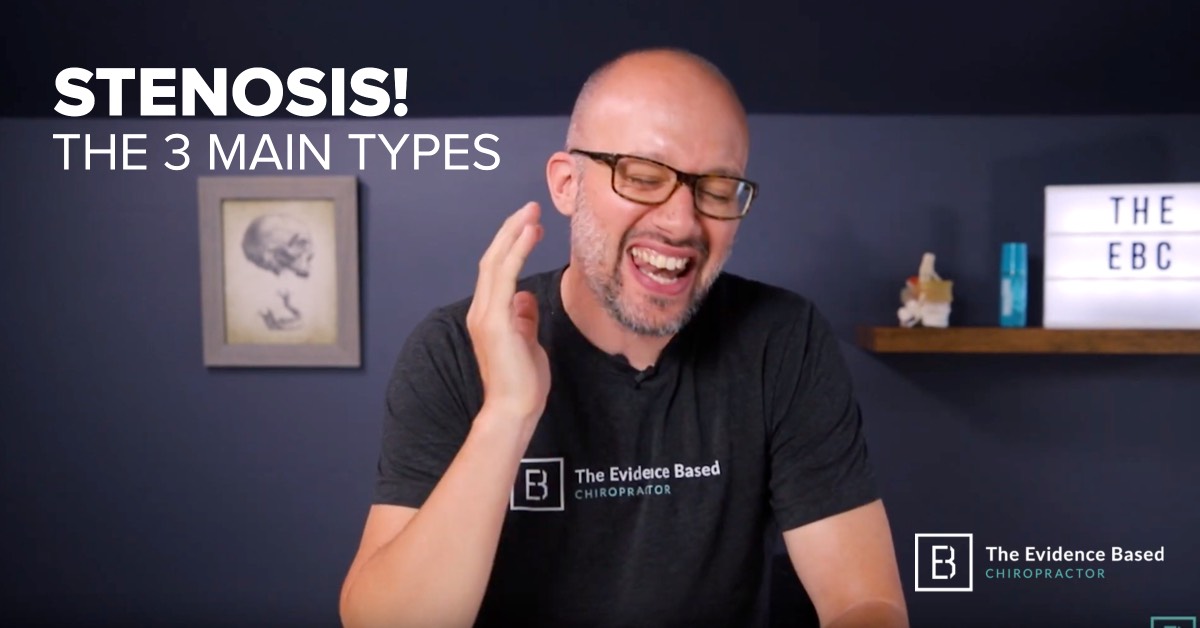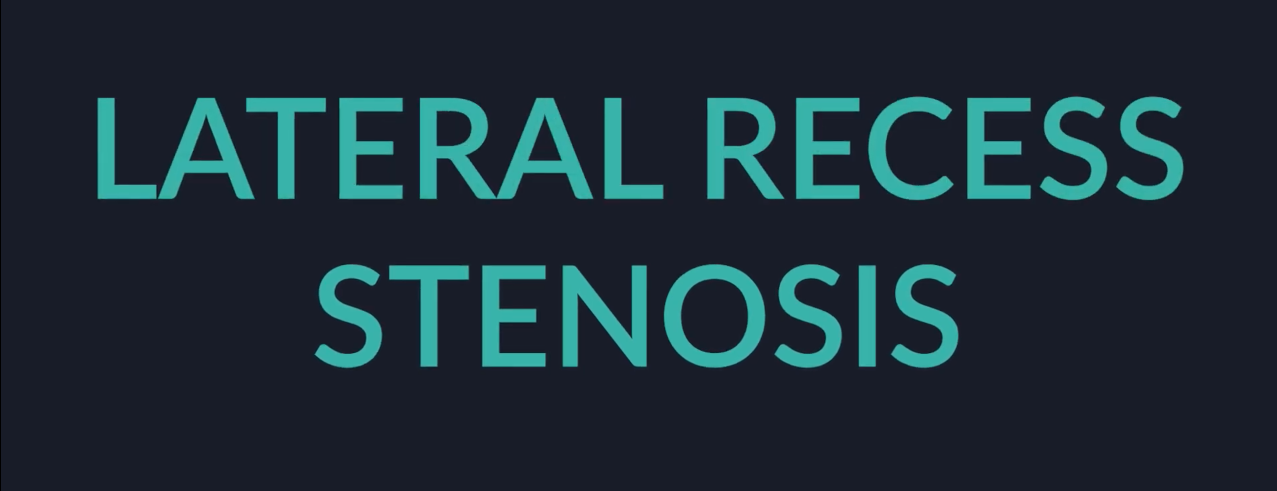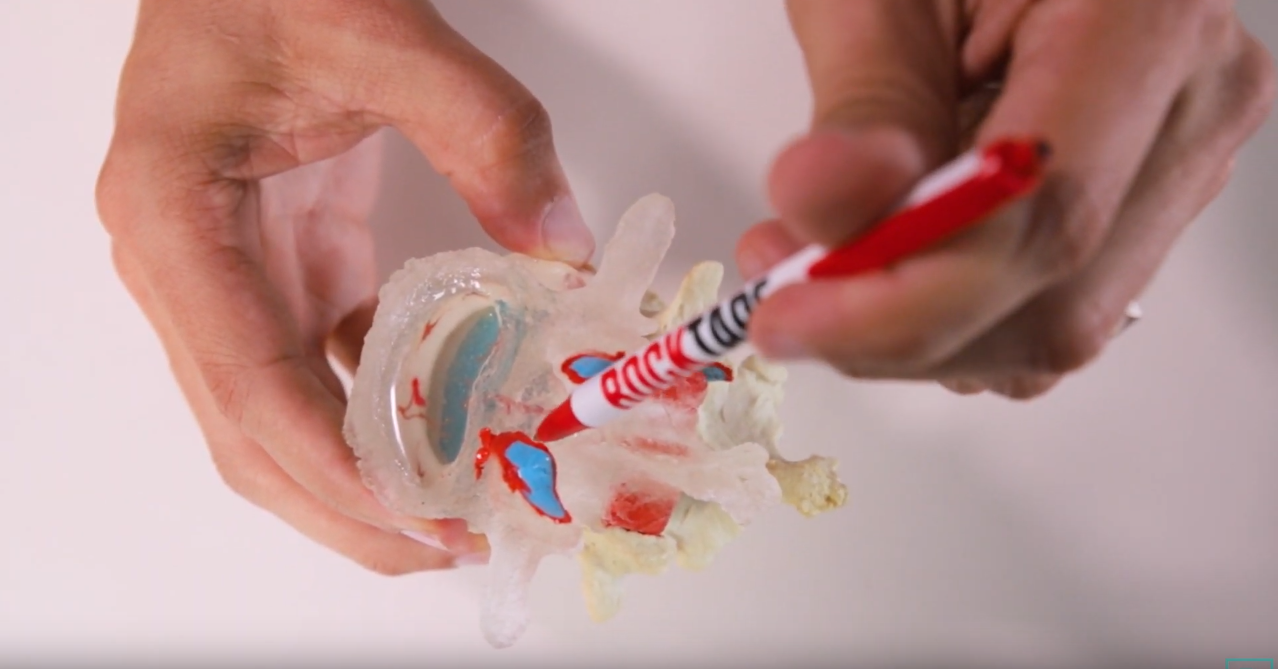The Evidence Based Chiropractor Blog
Hundreds of chiropractic marketing and research articles to help you grow.
Archive
- August 2025
- July 2025
- December 2024
- November 2024
- October 2024
- September 2024
- August 2024
- July 2024
- June 2024
- May 2024
- April 2024
- March 2024
- February 2024
- January 2024
- October 2022
- July 2022
- May 2022
- March 2022
- February 2022
- October 2021
- January 2021
- September 2020
- August 2020
- July 2020
- June 2020
- May 2020
- April 2020
- February 2020
- December 2019
- November 2019
- October 2019
- September 2019
- August 2019
- July 2019
- June 2019
- May 2019
- April 2019
- March 2019
- February 2019
- January 2019
- December 2018
- November 2018
- September 2018
- August 2018
- July 2018
- June 2018
- May 2018
- April 2018
- March 2018
- February 2018
- January 2018
- December 2017
- November 2017
- August 2017
- July 2017
- February 2017
- November 2016
- October 2016
- September 2016
- August 2016
- February 2016
- December 2015
- November 2015
- October 2015
- September 2015
- July 2015
- April 2015
- February 2015
- December 2014
- November 2014
- October 2014
- September 2014
- August 2014
- July 2014
- June 2014
- May 2014
- April 2014
- March 2014
- February 2014
- January 2014
- December 2013
- November 2013
- October 2013
- September 2013
- July 2013
- June 2013
- May 2013
- April 2013
- March 2013
- February 2013
Stenosis of the Spine: The 3 Most Common Types
Stenosis is a narrowing the nerve channels in and around your spine, which can result in pain, numbness, and fatigue. This condition affects millions of people per year and is the #1 cause of spine surgery for people over the age of 40.
For most people, the symptoms of stenosis usually start with a simple case of low back or neck pain. Over time, the pain may progress towards numbness and tingling that travels downs your arms or legs. In this article, I'll break down the three main types of stenosis. Once you can identify the type of stenosis you have, you'll be empowered to take the first steps towards finding lasting relief.
Stenosis is a narrowing the nerve channels in and around your spine, which can result in pain, numbness, and fatigue. This condition affects millions of people per year and is the #1 cause of spine surgery for people over the age of 40.
For most people, the symptoms of stenosis usually start with a simple case of low back or neck pain. Over time, the pain may progress towards numbness and tingling that travels downs your arms or legs. In this article, I'll break down the three main types of stenosis. Once you can identify the type of stenosis you have, you'll be empowered to take the first steps towards finding lasting relief.
The 3 Types of Spine Stenosis
Spinal Stenosis:
Spinal stenosis is pinching or compression on your spinal cord. Between the bones, or vertebrae, of your spine, are your spinal discs. The discs act as small spacers between the bones and allow your spine and body to move in a variety of directions.
Behind the disc is a large canal or hole in each bone. That hole is your spinal canal and is the channel that your spinal cord travels down. When a disc, bone, or ligament gets into the spinal canal, whether due to injury or age, it can cause compression on the spinal canal. This compression is called...spinal stenosis.
The hallmark of spinal stenosis is numbness and tingling into your legs and feet. Also, you may notice your endurance starts to decline. Where you used to be able to walk around the entire grocery store, now you may only make it up and down an aisle or two before you notice yourself leaning on the carriage to provide support and relief.
Many people suffering from spinal stenosis eventually feel like they are always "looking for the next chair." If that statement resonates with you, then you may have spinal stenosis.
Also, spinal stenosis tends to affect both legs evenly. If you have pain or numbness only down one leg that you may have foraminal stenosis, which we will dive into next.
Foraminal Stenosis:
The second most common type of stenosis is called foraminal stenosis. Foraminal stenosis is what many people know as a "pinched nerve."
While the spinal cord travels up and down the backside of your spine, your nerve roots exit out the left and right sides of the bones. These nerve channels are called the foraminal canals. If a disc bulge, bone spur, or ligament overgrowth encroaches into the canal, then it can cause compression that is called foraminal stenosis.
Foraminal stenosis typically results in extreme pain or numbness down one arm, or one leg is depending upon whether the pinch is occurring your neck or back.
A compression in your neck would cause arm pain/numbness, where a pinch or compression in your low back would cause symptoms into your legs.
It's also important to keep in mind just how small these nerve canals are. At about 10 mm in height and 8 mm in width, there isn't a lot of wiggle room. Even a disc bulge or herniation of 3 mm could decrease the size of the canal by nearly 30%!
Lateral Recess Stenosis:
Lateral recess stenosis is the third most common form of stenosis. This occurs when compression occurs at the junction point of the spinal cord and nerve root.
The spot where the nerve root branches off the spinal cord is referred to as the lateral recess.
In private practice, I would often see lateral stenosis accompany either spinal or foraminal stenosis. Since the nerve root is not protected by the outer laters of the spine at the lateral recess, it's "unprotected." The lack of protection by the spinal cord leaves the nerve root exposed, and compression at this spot (the lateral recess) tends to result in piercing, sharp pain down the arms or legs.
Like spinal stenosis and foraminal stenosis, lateral recess compression can occur due to disc, bone, or ligament encroachment.
Next Steps:
Once you can identify the type of stenosis you're dealing with; now you have the opportunity to seek out the best treatment possible to find relief.
The good news is that regardless of which type of stenosis you are suffering with; conservative care such as chiropractic is still the best first option (in the absence of red flags).
Researchers have actually discovered that chiropractic care and adjustments can provide equal (and in some cases more) relief than injections, medications, and surgery.
“Improvement (with conservative care) was self-described as “good” or “excellent” in 80% of patients.” - JMPT, 2009
Finding Relief from Spinal Stenosis Without Surgery!
Looking for a natural way to find relief from spinal stenosis without the use of drugs or surgery? Chiropractic care has been shown to provide tremendous benefits!
Have you been told that you have spinal stenosis?
If so, you're not alone. Millions of people suffer from spinal stenosis each day, and it's the number one reason why people over 65 years old have spine surgery. But, drugs and surgery and NOT the only way to find relief.
Spinal stenosis is merely a compression of the spinal cord or the thecal sac. Stenosis is narrowing, pinching, or compression. Spinal refers to your spinal cord. So spinal stenosis simply is pinching or compressions that occur in the spinal canal on the spinal cord.
For many people, the most significant challenge associated with spinal stenosis is the decreased ability to get up and move! The hallmark of spinal stenosis is pain in the low back, a bent forward posture, and legs that always feel tired. If you've suffered from spinal stenosis, you probably are always looking for that grocery cart to lean on as you go throughout the store. And if you don't one close by, you're probably looking for a chair to sit down. Sitting down is the easiest thing you can do to relieve the symptoms and pain temporarily. But as soon as you get up and walking the symptoms again will return as gravity takes over and starts compressing the spinal cord again.
One of the best ways you can relieve the symptoms associated with spinal stenosis is to open up the spinal canal and take the pressure off of the nerves and spinal cord. Many chiropractic techniques focus on increasing the size of that canal by going into a flexed position, or a forward position, which is naturally comfortable and allows relief of the symptoms associated with spinal stenosis.
After chiropractic care, many patients report having a decrease in their symptoms, the ability to walk further without pain, and an improvement in their quality of life.
So if you have been slowing down if your quality of life has been impacted due to compression on your spinal cord do not hesitate to see a chiropractor and ask if chiropractic care may be right for you.








